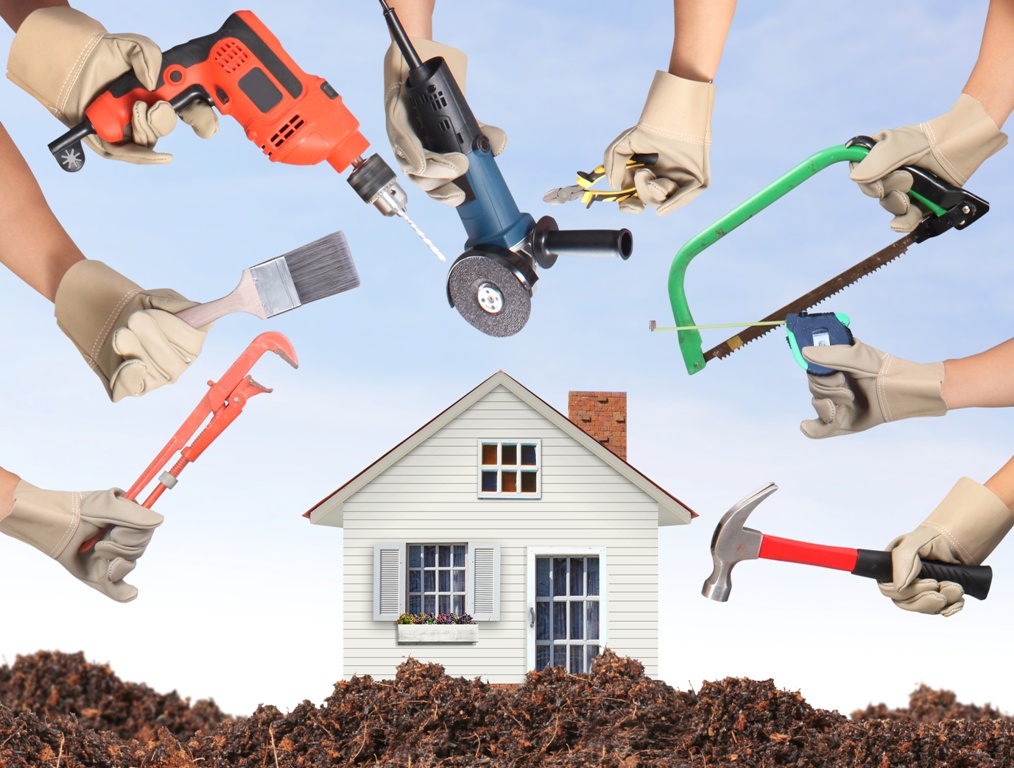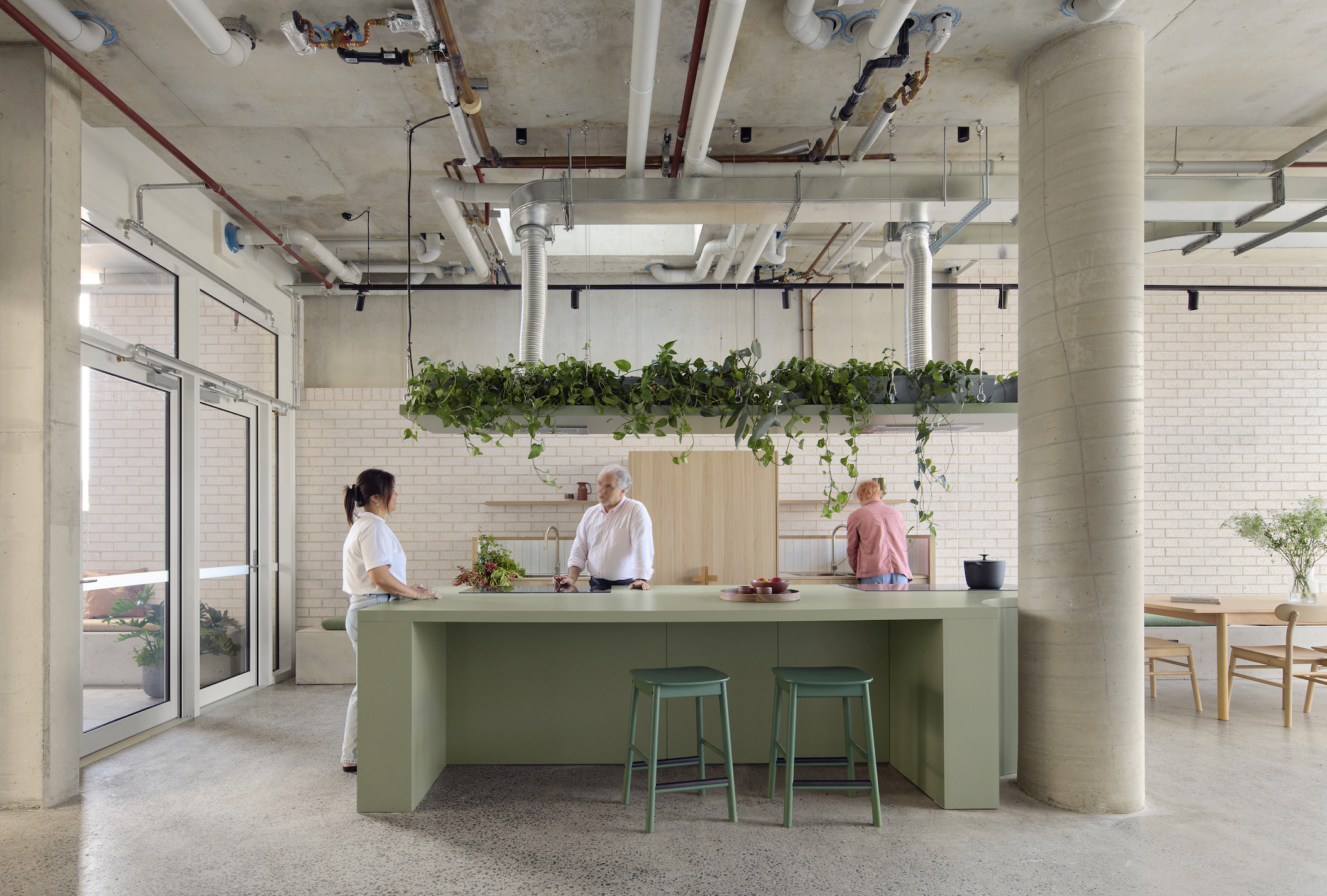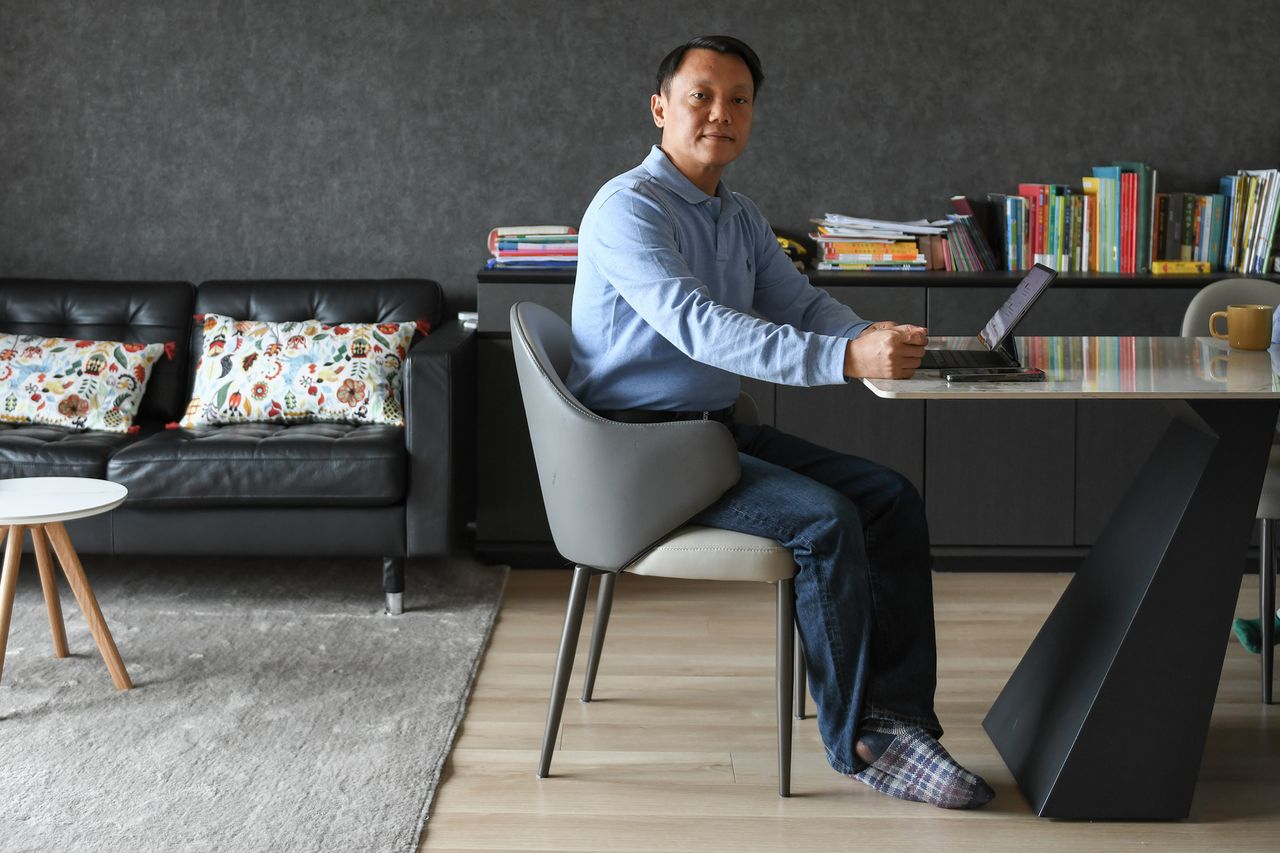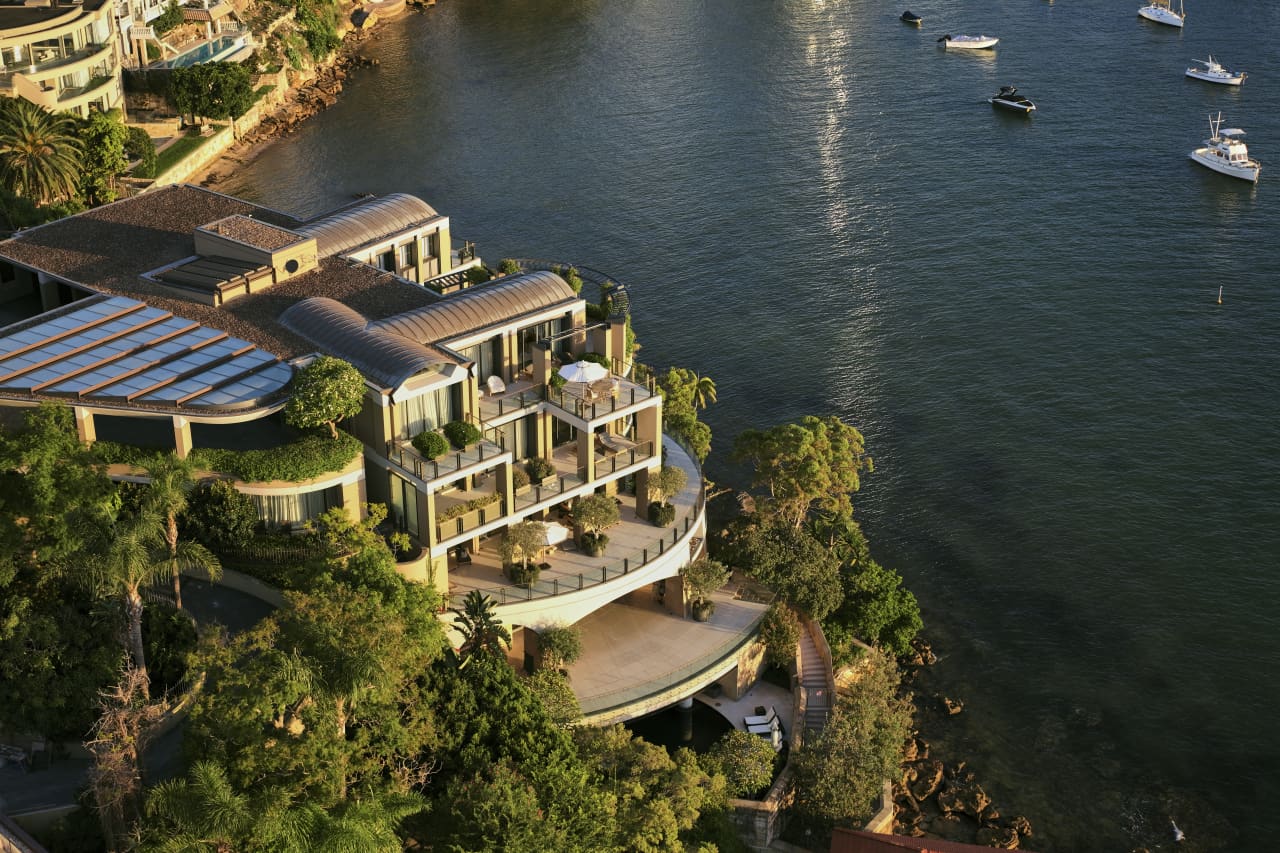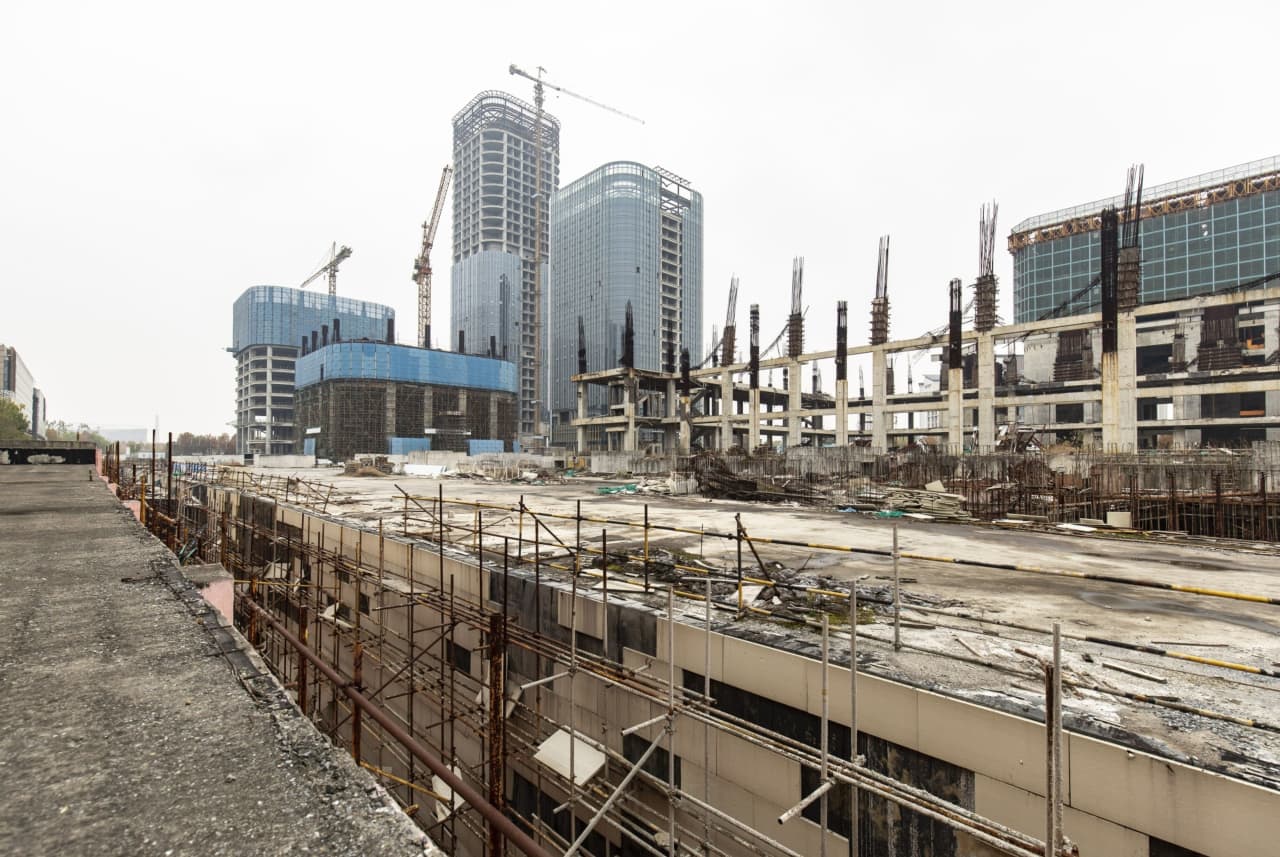Fixed-Fee Home Repairs Are Here
A new feature from Angi to bring price transparency and standardisation to booking household services.
Angi Inc., the home services company formerly known as Angie’s List, is rolling out a feature that allows consumers to browse and buy common household services at set prices. Its goal is to offer tasks such as mounting a television, painting a room or repairing a roof in a format that mimics models in industries already transformed by tech, like ordering a taxi via a ride-share app.
The new option, which is available first for certain Angi subscribers, supplements the current system for booking services on Angi in which consumers browse vetted professionals or submit a project request, then take up details such as cost estimates directly with contractors.
Angi executives said they are trying to bring the price transparency and standardization of other businesses to home improvement.
“There’s all these barriers in buying service that we’ve been breaking down piece by piece over the last nine years, pretty much to get to a place where we’re now able to offer a productized service experience across hundreds of different service categories across the country,” said Oisin Hanrahan, chief executive of Angi. “And that’s the big shift that we’re making, so that you can essentially go and buy home services the same way you can buy products for your home.”
The feature comes amid a housing boom as well as a surge of growth in home improvement. Sales of home improvement materials, such as tools, lumber, paint and lawn and garden supplies, totaled $86.4 billion in the 12 months ending this May, an increase of $8 billion from the year before, according to NPD Group, a market research firm.
The Covid-19 pandemic opened consumers’ minds to digital services in areas that had still been largely analog, from car sales to home improvement, said user experience designers, who focus on product usability.
“More people across the board, not just millennials and Gen Z, are going to be more comfortable just going online and using an app to find a service,” said Janvi Jhaveri, founder and chief executive of Jack Strategy LLC, a product design and strategy studio.
Angi added language to the booking process to ensure people understood they weren’t scheduling an estimate with a contractor, but actually employing their services, said Mr. Hanrahan. The layout, designed to resemble an e-commerce store for more traditional goods, also helped, he said.
“The more we can merchandise and display to the user in a visual way, like the same way you’d scroll an Amazon or a Target catalog online, the more we can make it easy for people to digest,” said Mr. Hanrahan.
Other companies have taken different approaches to modernizing home contracting.
Home service platform Thumbtack Inc. in February introduced a feature that lets consumers book professionals for small service jobs like a television installation or to receive estimates on larger projects. The company previously offered information on professionals and their services but left it up to customers to schedule a day and time for the project.
It has stayed away from a model like Angi’s for larger, custom projects because the company believes it is impossible to reliably price many home jobs remotely, said Marco Zappacosta, co-founder and chief executive of Thumbtack.
If a professional arrives at a home and a customer asks for additional services, such as mounting two televisions instead of one, Angi will update the price, the company said.
Not all services lend themselves to pricing ahead of time because every home and homeowner is different, said Liz Young, founder and chief executive of Realm Living Inc., a home property analysis company.
But for tasks that don’t require extensive financing or massive renovations, some homeowners will forgo a human touch, or vetting process, she said.
“For the smaller projects, like a paint job or an installation of a ceiling fan, all consumers care about is this relatively accurate price instantly,” Ms. Young said.
Reprinted by permission of The Wall Street Journal, Copyright 2021 Dow Jones & Company. Inc. All Rights Reserved Worldwide. Original date of publication: July 6, 2021
 Copyright 2020, Dow Jones & Company, Inc. All Rights Reserved Worldwide. LEARN MORE
Copyright 2020, Dow Jones & Company, Inc. All Rights Reserved Worldwide. LEARN MORE
This stylish family home combines a classic palette and finishes with a flexible floorplan
Just 55 minutes from Sydney, make this your creative getaway located in the majestic Hawkesbury region.
Savvy high net worth players from Australia and Asia are getting on board as the residential landscape shifts
Build-to-rent (BTR) residential property has emerged as one of the key sectors of interest among institutional and private high-net-worth investors across the Asia-Pacific region, according to a new report from CBRE. In a survey of 500 investors, BTR recorded the strongest uptick in interest, particularly among investors targeting value-added strategies to achieve double-digit returns.
CBRE said the residential investment sector is set to attract more capital this year, with investors in Japan, Australia and mainland China the primary markets of focus for BTR development. BTR is different from regular apartment developments because the developer or investor–owner retains the entire building for long-term rental income. Knight Frank forecasts that by 2030, about 55,000 dedicated BTR apartments will have been completed in Australia.
Knight Frank says BTR is a proven model in overseas markets and Australia is now following suit.
“Investors are gravitating toward the residential sector because of the perception that it offers the ability to adjust rental income streams more quickly than other sectors in response to high inflation,” Knight Frank explained in a BTR report published in September 2023.
The report shows Melbourne has the most BTR apartments under construction, followed by Sydney. Most of them are one and two-bedroom apartments. The BTR sector is also growing in Canberra and Perth where land costs less and apartment rental yields are among the highest in the country at 5.1 percent and 6.1 percent, respectively, according to the latest CoreLogic data.
In BTR developments, there is typically a strong lifestyle emphasis to encourage renters to stay as long as possible. Developments often have proactive maintenance programs, concierges, add-on cleaning services for tenants, and amenities such as a gym, pool, yoga room, cinema, communal working spaces and outdoor barbecue and dining areas.
Some blocks allow tenants to switch apartments as their space needs change, many are pet-friendly and some even run social events for residents. However, such amenities and services can result in BTR properties being expensive to rent. Some developers and investors have been given subsidies to reserve a portion of BTR apartments as ‘affordable homes’ for local essential services workers.
Ray White chief economist Nerida Conisbee says Australian BTR is a long way behind the United States, where five percent of the country’s rental supply is owned by large companies. She says BTR is Australia’s “best bet” to raise rental supply amid today’s chronic shortage that has seen vacancy rates drop below 1% nationwide and rents skyrocket 40% over the past four years.

Ms Conisbee says 84 percent of Australian rental homes are owned by private landlords, typically mum and dad investors, and nine percent are owned by governments. “With Australia currently in the midst of a rental crisis, the question of who provides rental properties needs to be considered,” Ms Conisbee said. “We have relied heavily on private landlords for almost all our rental properties but we may not be able to so readily in the future.” She points out that large companies can access and manage debt more easily than private landlords when interest rates are high.
The CBRE report shows that Asia-Pacific investors are also interested in other types of residential properties. These include student accommodation, particularly in high migration markets like Australia, and retirement communities in markets with ageing populations, such as Japan and Korea. Most Asia Pacific investors said they intended to increase or keep their real estate allocations the same this year, with more than 50 percent of Australian respondents intending to invest more.
This stylish family home combines a classic palette and finishes with a flexible floorplan
Consumers are going to gravitate toward applications powered by the buzzy new technology, analyst Michael Wolf predicts









